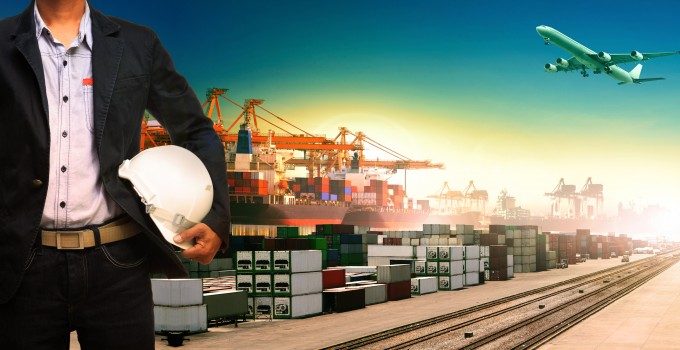A 'dead cat bounce', as freight goes from rules-based to deals-based trade?
It’s not artificial intelligence we should be worrying about right now: it’s an artificial freight ...

Alphaliner’s analysis of the financial results of 17 main ocean carriers for the first six months of the year gives a generally improving outlook for the industry, although the turnaround in operating earnings was mainly driven by better-than-expected volume growth in the second quarter.
Of the ...
Four crew members still missing as Wan Hai 503 continues to burn
Explosions and 'out-of-control' fire reported on Wan Hai box ship
Predatory rivals circle as the ripples from DSV's Schenker buy widen
MSC Elsa crew face criminal probe, as Wan Hai 503 firefighters battle on
'It's driving us mad', say forwarders as US court fails to end tariff turmoil
Transpacific rates ease as capacity boost proves too much for trades to digest
European port congestion easing – for now
Latest Israeli attack on Iran a threat to box ships in Straits of Hormuz
CMA CGM 'testing the water' of the Suez Canal for more services
Flexport: Sanne Manders talks profitability, fire-sales and Dave Clark
More legal trouble in India for MSC: feeder vessel detained after box ship disasters
DSV insiders hit back at Kuehne & DHL GF – got a 'pro integration' going
MSC to hold 15% global container terminal market share after Hutch buy
EXCLUSIVE: Schenker top exec departs 'One DSV' – fishing continues (Part 1)
DHL makes €500m bid to increase its presence in 'fast-growing Gulf markets'
EXCLUSIVE: The good old DSV, 'Winning as One' – all Schenker top dogs out (Part 2)

Comment on this article
Andy Lane
September 05, 2014 at 5:38 amThe reasons for the differences in profitability run a little deeper than merely the size of some new ships. As an interesting fact: COSCO, Hapag-Loyd, CSCL (just) and APL actually boast an average ship size (Total TEU capacity/operated ships) higher than APM-Maersk.
The primary factors behind Maersk’s industry-leading profits will then be; Optimised Network (how you deploy assets), Utilisation (fill them), Yield Management (with the best cargo), Elimination of Operational waste (operational excellence), Procurement (total cost of ownership), and so on. The level of detail in the financial reports does not however allow us to objectively determine how much is gained through each of these attributes. What we might however conclude is that service reliability is not necessarily a cost item, as Maersk leads that league table also.
It is really in these areas where the loss-making Lines need to focus, they do not per se need to rush out and build huge quantities of new mega-vessels, that would merely prolong the pain. You cannot buy your way to profitability, but should embark on a journey of continuously improving processes.